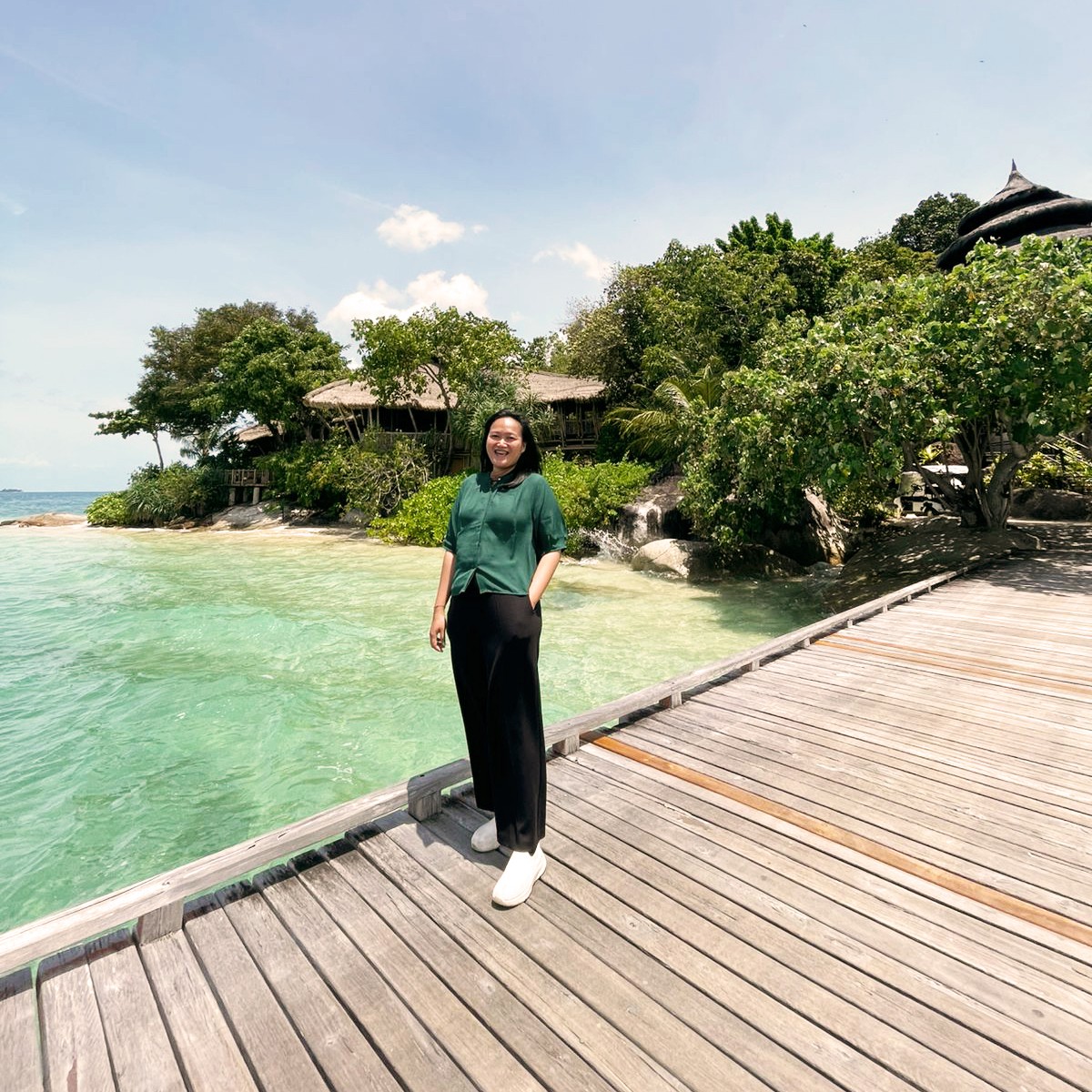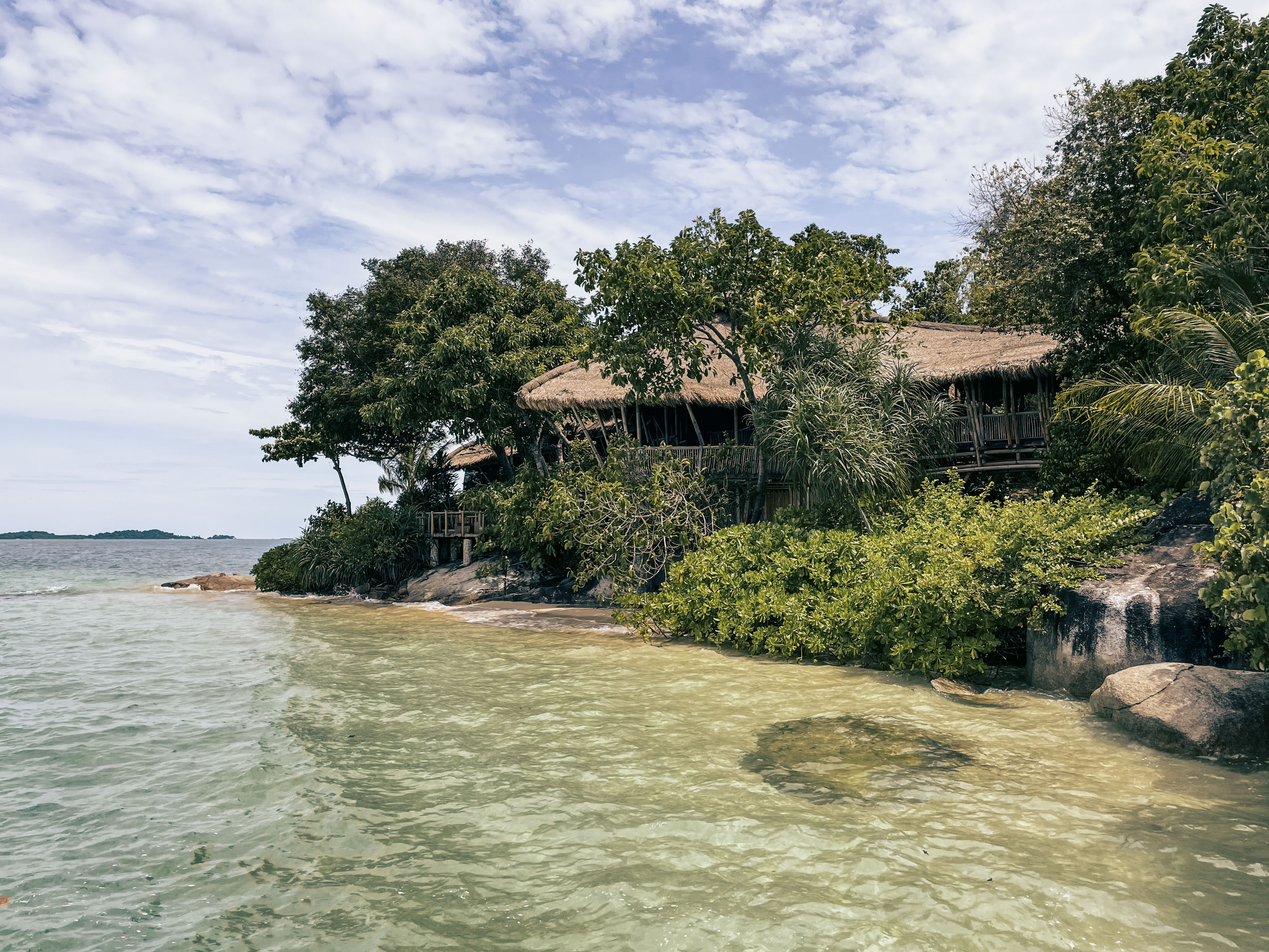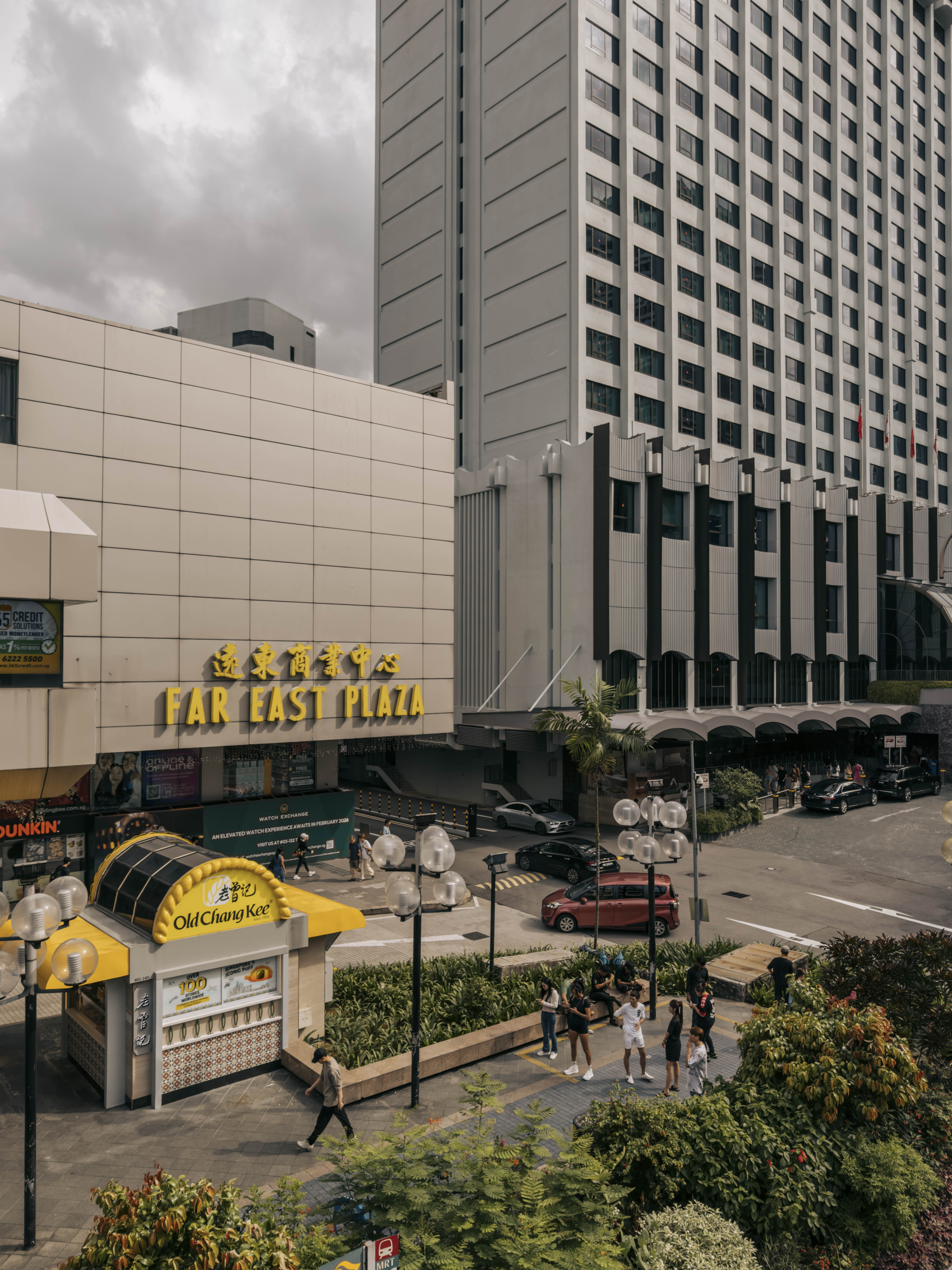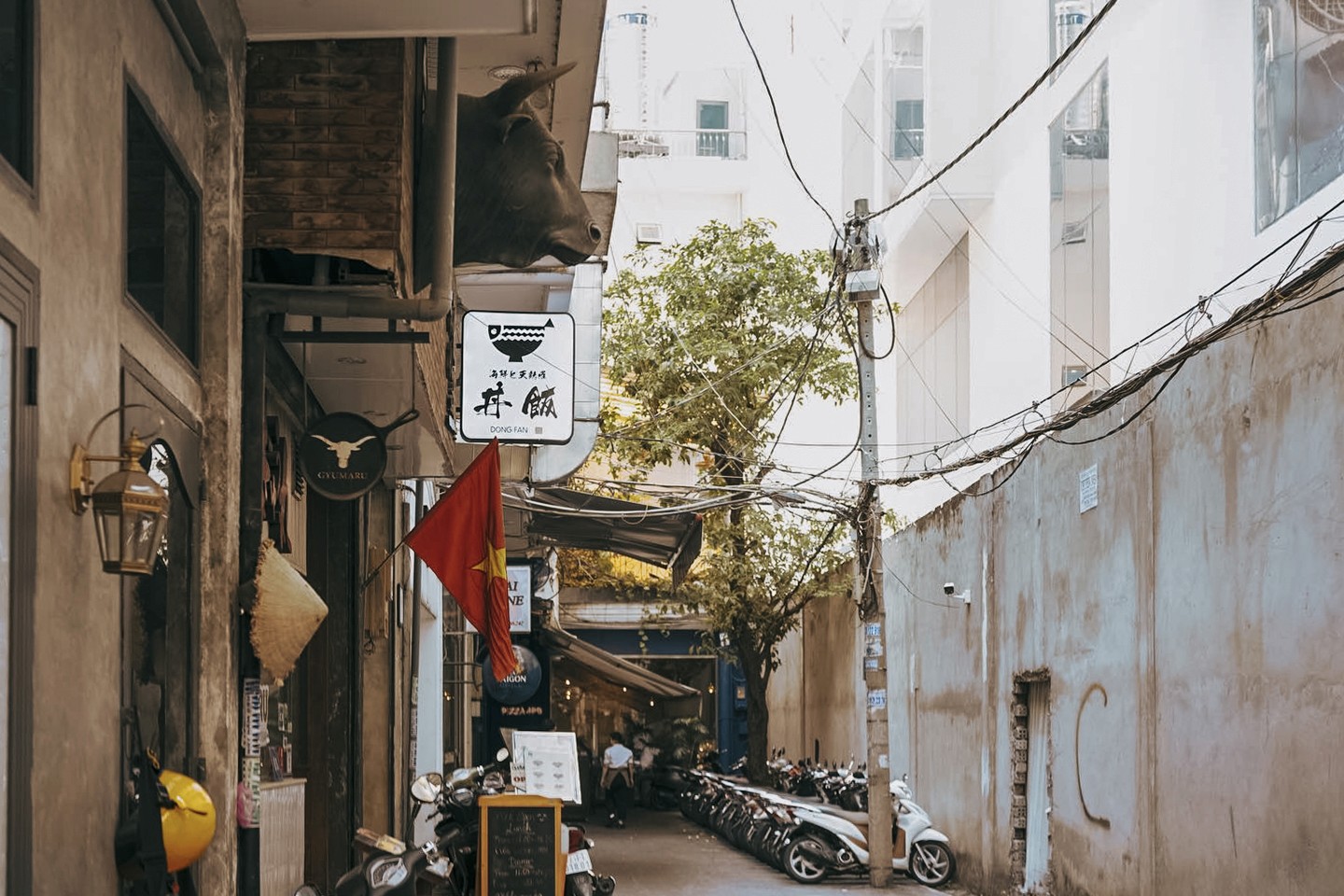You know how there are some places you visit for the first time that you want to return to even before you leave? Ladakh is that place for me.
✦
Since my first trip in 2010, I’ve been back several times. And each time feels new, fresh, exciting.
I have vivid memories from that visit: of flying over snowclad peaks that seemed to reach up with a welcoming hug; of landing on a tiny airstrip watched over by the deities of Spituk gompa (monastery) at one end; of walking under skies so bright and blue they seemed to have been painted by an otherworldly hand; and of gasping for breath at that high altitude, even as my worn city lungs cried out thanks for the pure mountain air.
When foreign tourists – mainly backpackers and spiritual seekers – were first allowed entry into Ladakh in 1974, they hailed it as the ultimate Shangri La, a haven that had remained hidden from the outside world. And it’s easy to see why.
This union territory of India – the largest and second-least populous – has many tourist attractions that can be ticked off a list. But its real magic lies beyond those sights.
There’s the stark majesty of the landscapes, and the contrast between the harshness of the terrain and softness of its people – always with a radiant smile, a cheery “juley!” greeting and a bite of whatever is cooking that day in their warm kitchens.
There’s the beauty of the aquamarine lakes like Pangong and Moriri, two of the world’s highest saltwater lakes, ringed by brown mountains and changing tones with the vagaries of the sun.
Photos: Charukesi Ramadurai
Perhaps it’s the sight of old men and women circumambulating cylindrical prayer wheels, muttering mantras under their breath and moving prayer beads under their arthritic fingers.
Or the young monks in their red robes and cheeky grins at the 15th century Thiksey gompa, a stark contrast to the older ones chanting their morning prayers in low-pitched unison within the dark, cavernous central hall. And the vista from the monastery’s flat terrace roof, of golden barley fields swaying under the gentle Himalayan breeze.
There’s the drive to Lamayuru, through high mountain passes and desolate moonscape terrain, which will take you to one of the region’s most ancient gompas perched precariously on a clifftop, where you can run your fingers through the multihued prayer flags fluttering out front and receive liberation from your sins (or so it is believed).
And then there’s the annual Hemis Festival at Hemis gompa, when monks don ferocious masks and dance in the open courtyard, before massive thangka (Tibetan Buddhist) paintings get unveiled to an audience eager for a glimpse of the monastery’s precious artworks.
Photos: Charukesi Ramadurai
If all this seems like Ladakh is one religious quest, that couldn’t be further from the truth. Sure, Ladakh is an important centre of Tibetan Mahayana Buddhism, and there’s no getting away from that influence in this high-altitude desert region.
But even without stepping into a gompa, spiritual solace can be found in the towering mountains that stretch on and on into the Himalayan and Karakoram ranges.
On my most recent trip, in the early days of the long and harsh winter season, I went to Hemis National Park in search of the elusive snow leopard.
For five days in a row, I rose at the crack of dawn and swathed myself in multiple layers of warm clothing before heading out to look for the “ghost of the mountain”.
Here, the patron saint of naively optimistic travellers smiled on me again, blessing me with not one but two marvellous sightings of these endangered big cats. As a nature and wildlife lover, this – the relentless chase, the endless wait, and the short-lived but fascinating glimpse of the animal in its own habitat – was yet another spiritual exercise.
All this aside, what I love about Ladakh is how humbling the landscape is; how it offers an unmatched perspective on my tiny place in this large world.
Ladakh is as beautiful as it is bleak, as giving as it is demanding.
I know, because I leave each time with the gift of stillness in my mind, a treasure to be unpacked and channelled whenever the stress of my busy, urban life gets too much to bear. And always, there is that yearning to return – such is the siren song of Ladakh.
Photo: Charukesi Ramadurai
Where to stay in Ladakh
The Grand Dragon: With five-star comforts in the central hub of Leh, it’s the perfect place to get acclimatised to the high altitude.
Lchang Nang: Meaning “house of trees”, this is a boutique experience offering glimpses into the traditional Ladakhi way of life.
Lungmar Remote Camp: A luxury eco-lodge with a focus on responsible wildlife tourism and the best snow leopard trackers in the region.




















